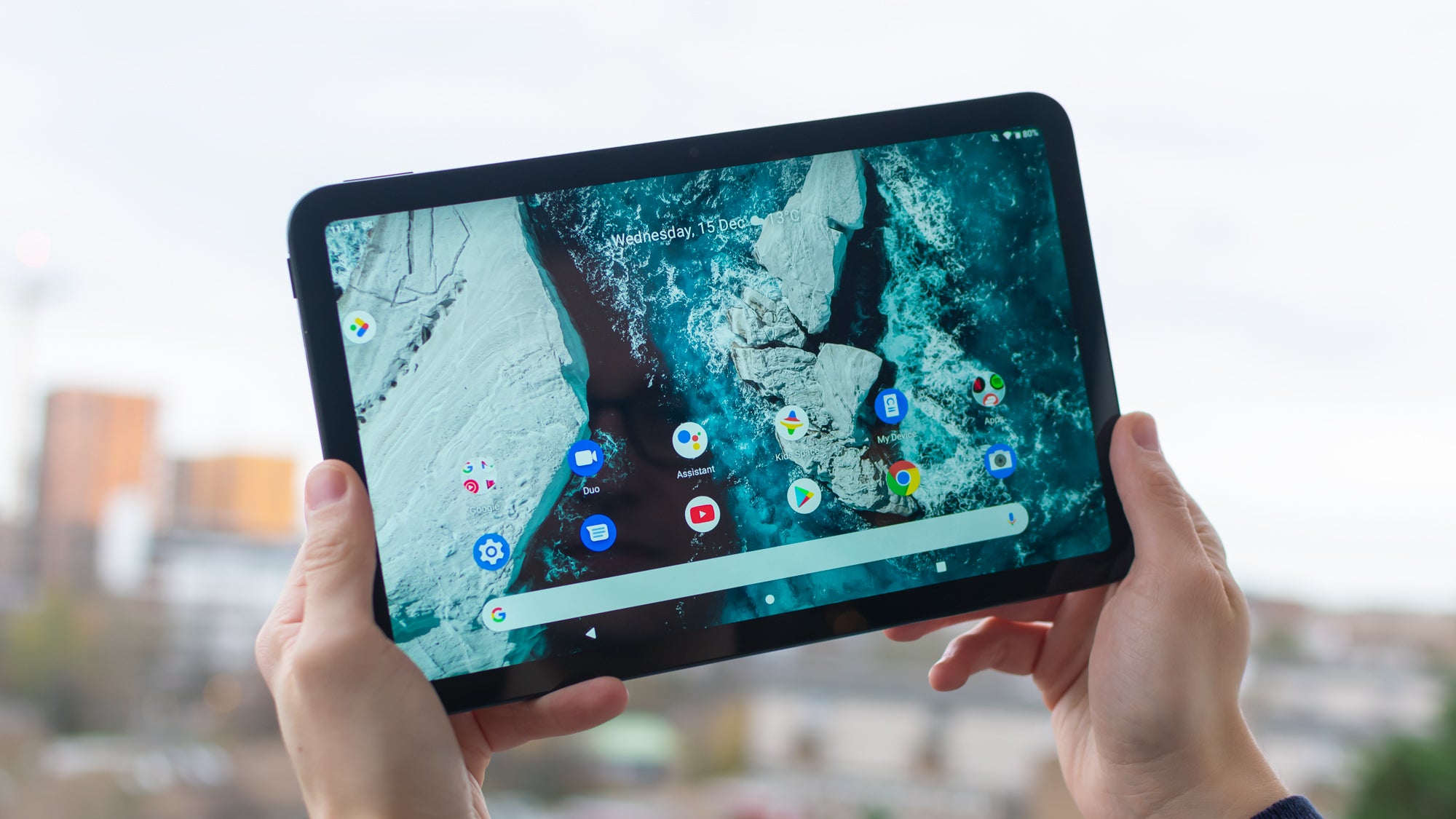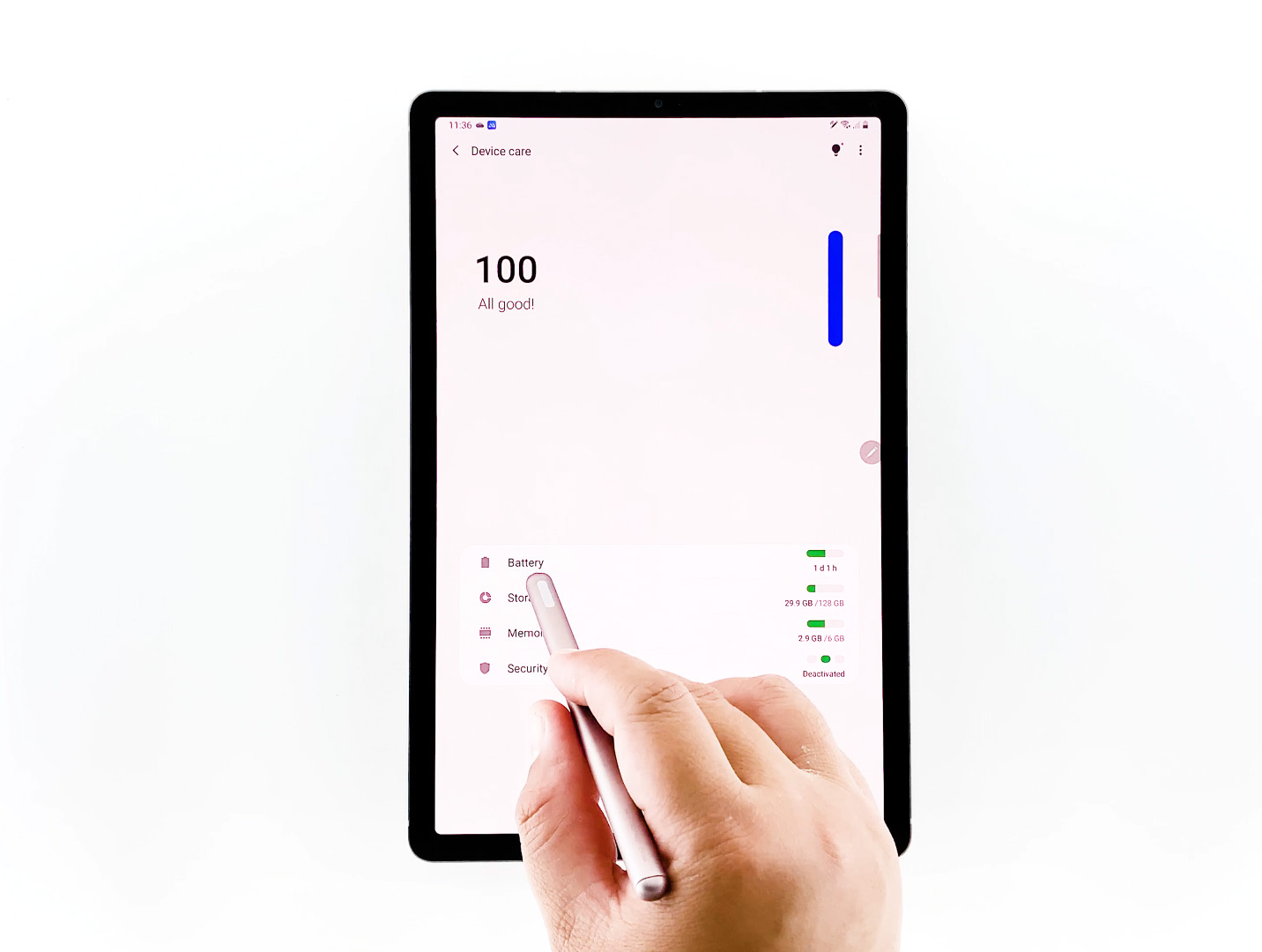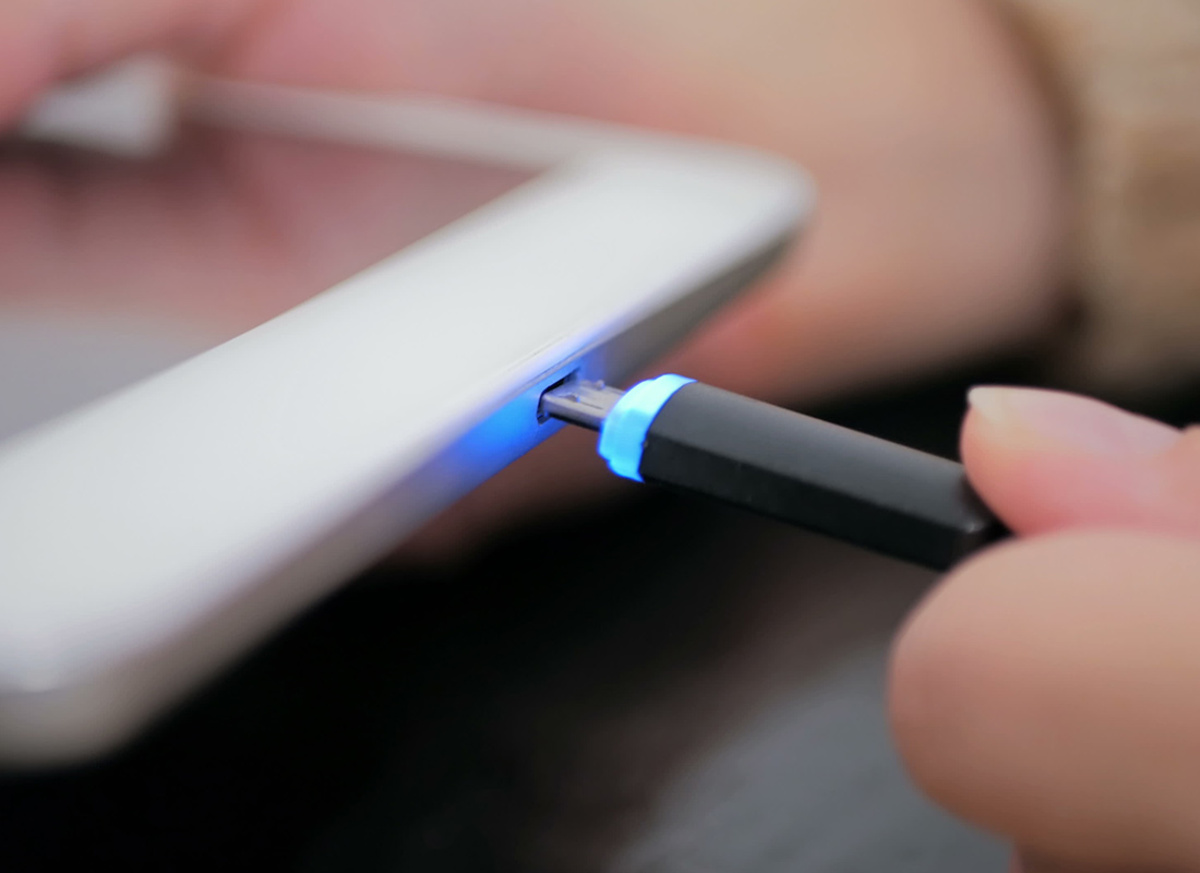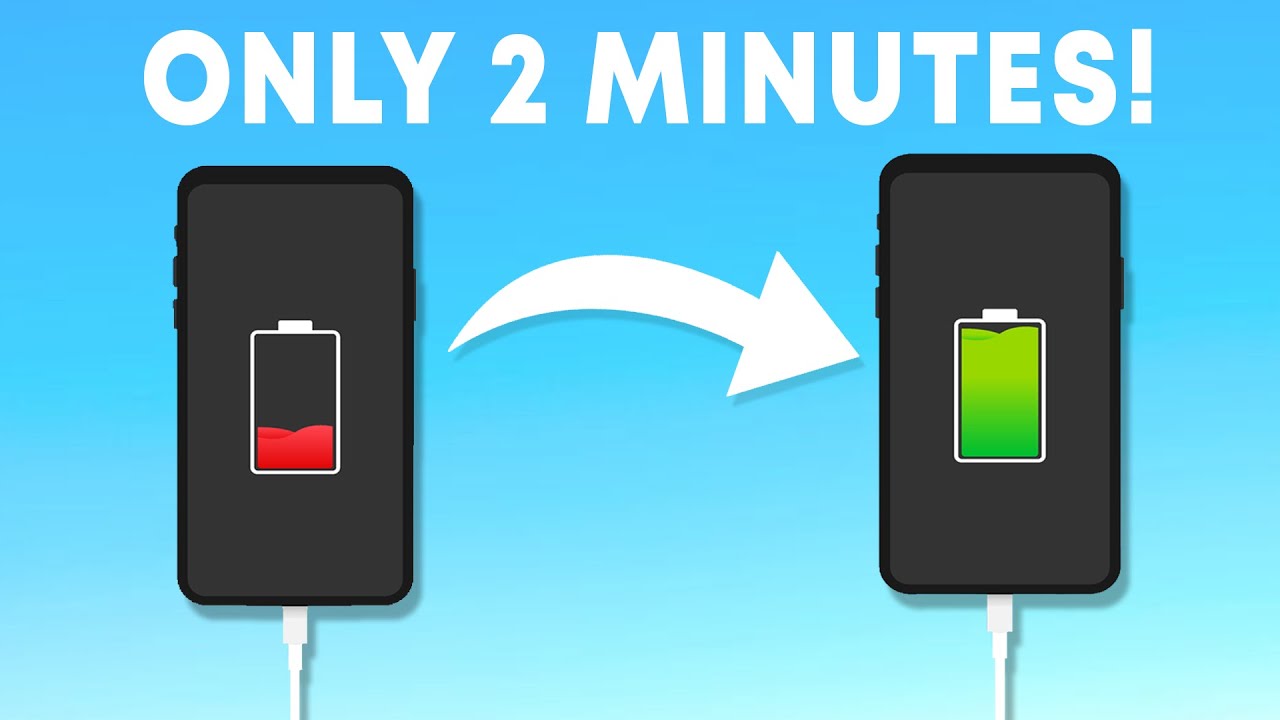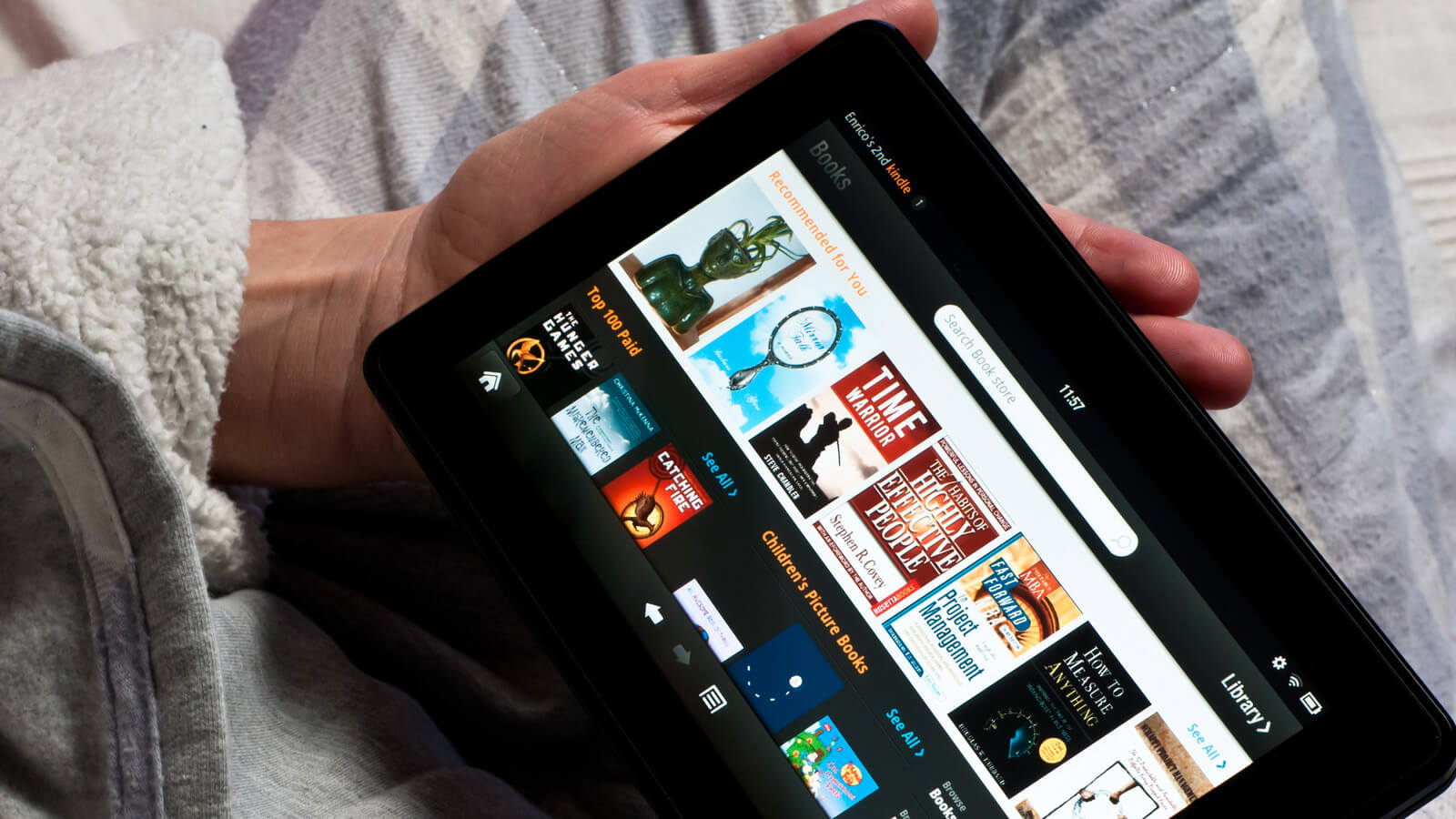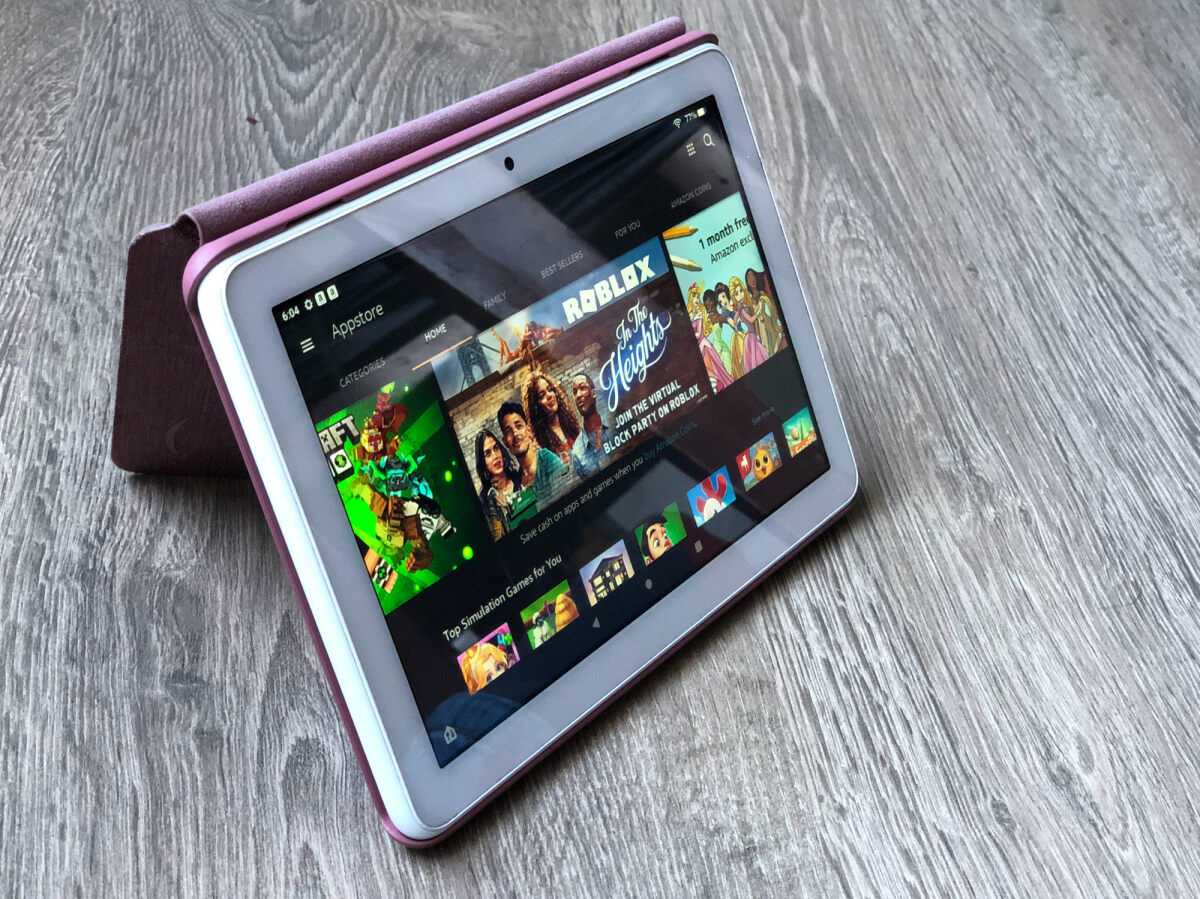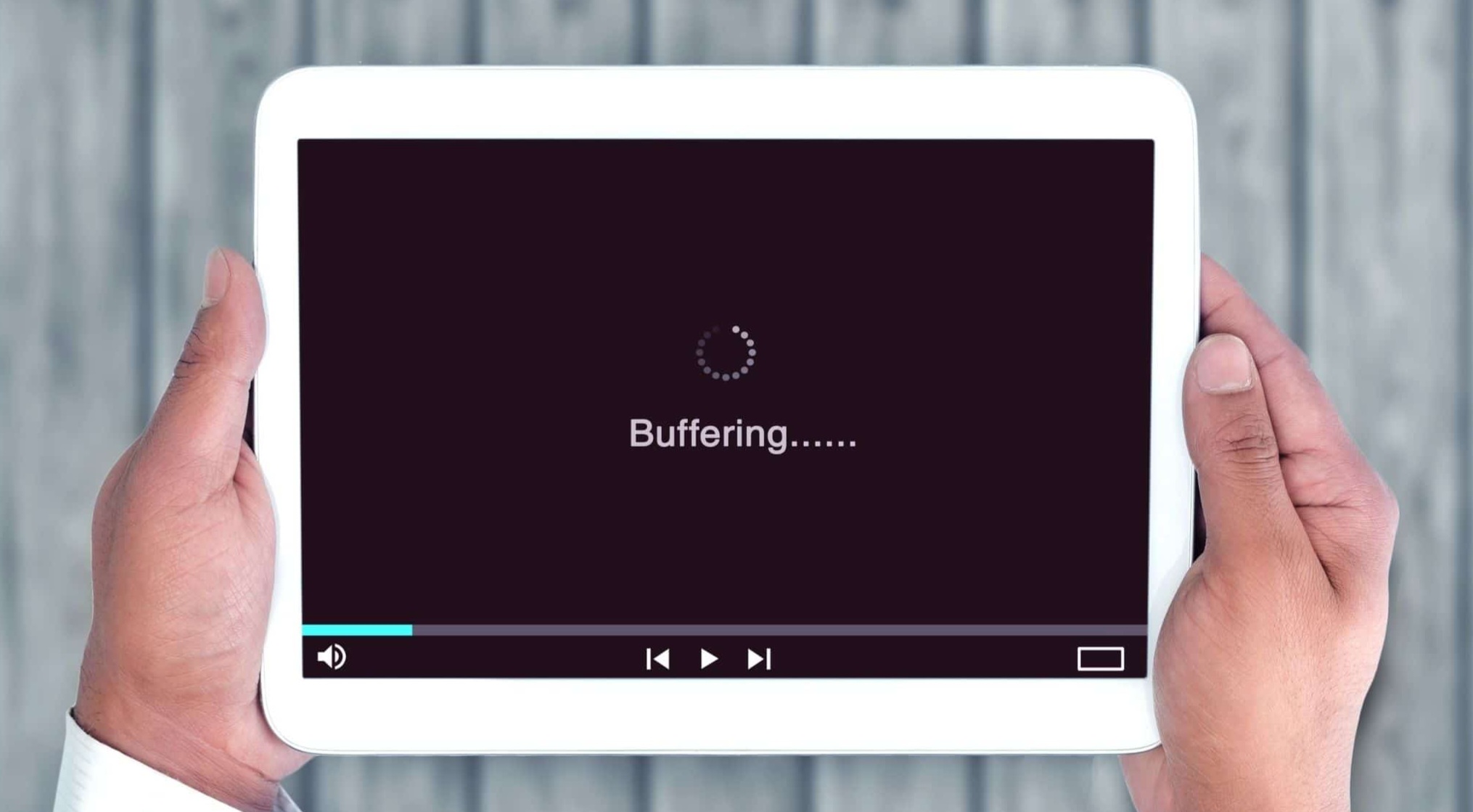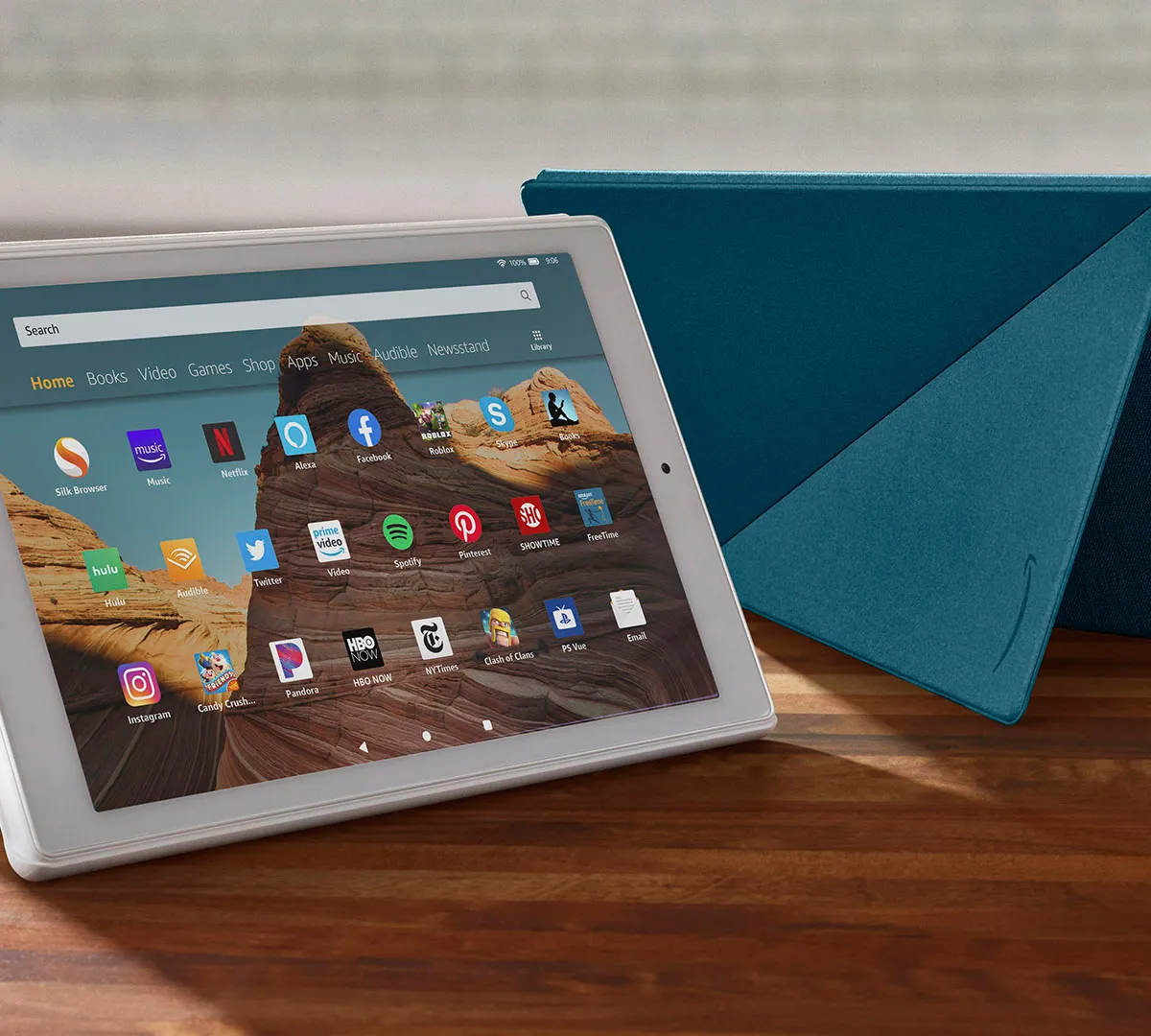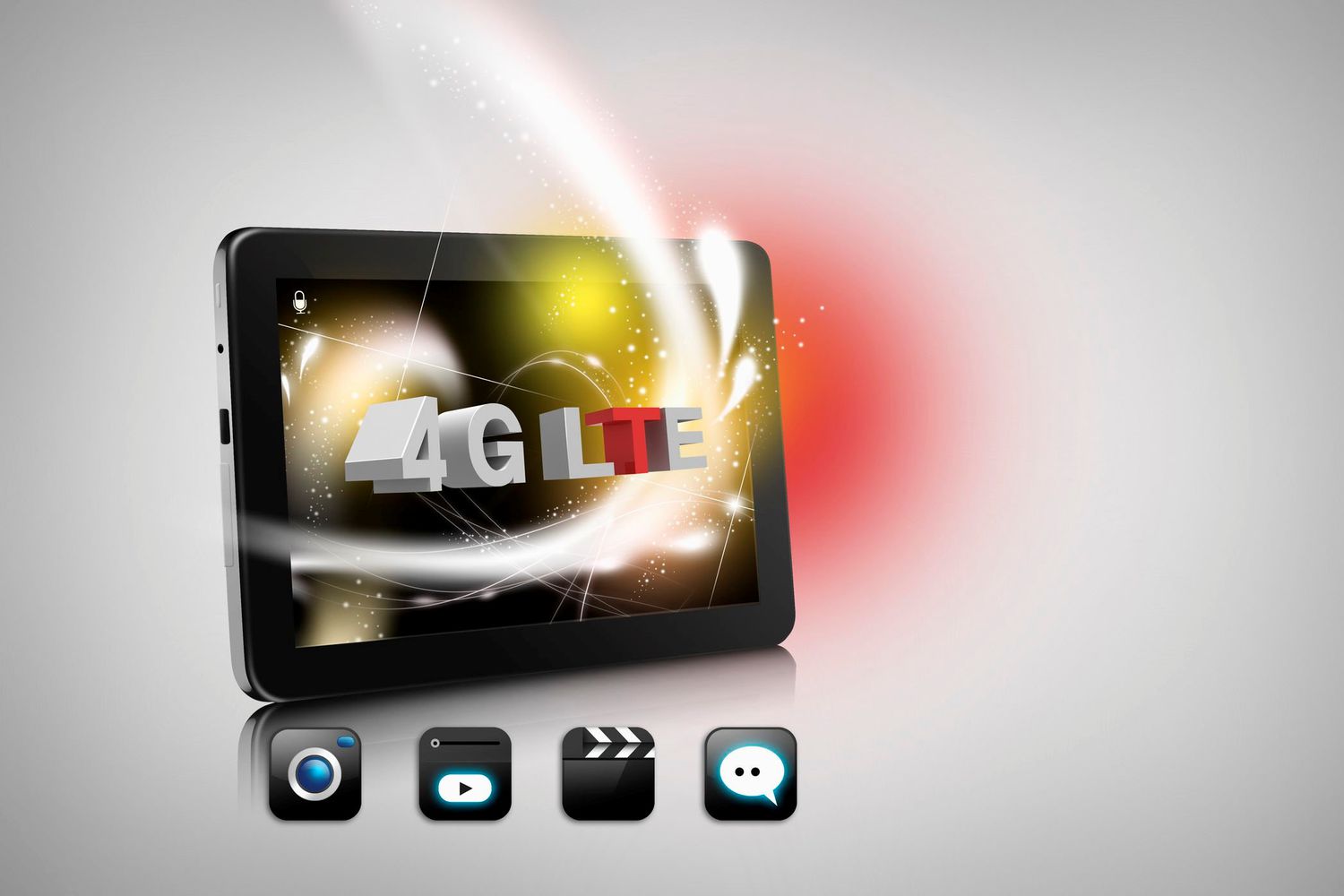Introduction
Welcome to the world of tablets, where convenience meets technology. Tablets have become an essential part of our digital lives, serving as versatile devices for work, entertainment, and staying connected. However, over time, you may notice that your tablet starts to slow down, which can be frustrating, especially when you’re trying to get things done quickly.
The good news is that there are several simple yet effective ways to speed up your tablet and restore its performance. In this article, we will explore ten tips that can help optimize your tablet’s speed and enhance your overall user experience.
Whether you have an Android tablet or an iPad, these tips are applicable to a wide range of devices. By following these strategies, you can get your tablet running smoothly and swiftly, allowing you to enjoy seamless multitasking, smooth gaming, and swift navigation through apps and menus.
So, if you’re tired of waiting for apps to load, experiencing lag during video playback, or finding your tablet sluggish overall, it’s time to take action. Let’s dive into the practical steps you can take to speed up your tablet and make the most of its capabilities.
Clear Cache and Data
Over time, your tablet’s cache and data can accumulate and take up valuable storage space, which can lead to a decrease in performance. By regularly clearing out the cache and unnecessary data, you can free up space and improve your tablet’s speed.
To clear the cache and data on an Android tablet, go to the Settings menu, then select Apps or Applications. From there, choose the app you want to clear the cache for, then tap on Storage. You will find options to clear the cache and data. Alternatively, you can use dedicated cache cleaning apps available on the Google Play Store.
For iPad users, clearing the cache is a slightly different process. Open the Settings app, then click on Safari. Scroll down and select “Clear History and Website Data.” This will remove temporary files and data stored by Safari, improving the performance of your tablet.
By regularly clearing cache and unnecessary data, you can free up storage space and eliminate any accumulated clutter that may be slowing down your tablet.
Additionally, you can also consider uninstalling apps that you no longer use or need. Unused apps not only take up storage space but may also run background processes that consume system resources. By uninstalling unnecessary apps, you can create more space for your tablet to run smoothly and efficiently.
Keep in mind that clearing cache and data will remove temporary files and reset certain settings within the app, so you may need to sign back in or reconfigure some preferences. However, the benefits of improved performance and increased storage space outweigh the temporary inconvenience.
Uninstall Unnecessary Apps
One of the most effective ways to speed up your tablet is by uninstalling unnecessary apps. Just like on a computer, having a multitude of apps installed on your tablet can slow it down significantly. Uninstalling apps that you no longer use or need can free up valuable storage space and improve overall performance.
Start by examining all the apps installed on your tablet. Look for those that you haven’t used in a while or that serve no purpose to you anymore. These could be outdated games, redundant utilities, or apps that you simply don’t find useful.
To uninstall an app on an Android tablet, go to the Settings menu, then select Apps or Applications. From there, find the app you want to uninstall and tap on it. You’ll see an option to uninstall or disable the app. Confirm your choice to remove the app from your tablet. You can also uninstall apps directly from the app drawer by long-pressing on the app icon and dragging it to the “Uninstall” or “Remove” option.
On an iPad, hold down the app icon until all the icons start wiggling. Then, tap on the “X” icon that appears on the corner of the app you want to uninstall. Confirm the uninstallation when prompted. Alternatively, you can go to the Settings app, select General, then iPad Storage, and choose the app you want to uninstall.
Remember that some apps may be pre-installed and cannot be uninstalled. However, you can disable these apps to prevent them from running in the background and using up system resources.
By removing unnecessary apps, you not only declutter your tablet but also optimize its performance. You’ll have more storage space available, ensuring that your tablet operates at its full potential and responsiveness.
Disable Background Processes
Background processes are tasks that run in the background of your tablet, even when you’re not actively using certain apps. These processes can consume system resources and slow down your tablet’s performance. By disabling unnecessary background processes, you can free up resources and enhance your tablet’s speed.
To manage background processes on an Android tablet, go to the Settings menu, then select Apps or Applications. From there, tap on the app you want to manage and look for the option that allows you to restrict or disable background processes. Keep in mind that certain apps may require background processes to function properly, so exercise caution when disabling them.
On an iPad, managing background processes is slightly different. Double-click the home button or swipe up from the bottom of the screen (on devices without a home button) to access the App Switcher. Swipe left or right to find the app you want to close, then swipe it up or off the screen to force close it.
Another way to manage background processes on both Android tablets and iPads is to use task manager or task killer apps available in the respective app stores. These apps can help you identify and terminate unnecessary background processes to optimize your tablet’s performance.
By disabling or closing unused background processes, you can allocate more system resources to the apps and tasks you are actively using, resulting in a faster and more responsive tablet.
However, it’s essential to strike a balance. Disabling critical background processes may negatively affect the functionality of certain apps or cause instability in the operating system. Exercise caution when managing background processes and prioritize disabling only non-essential processes.
By taking control of the background processes on your tablet, you can optimize its performance, minimize resource consumption, and experience smoother multitasking and app usage.
Update Your Operating System
Keeping your tablet’s operating system up to date is crucial for maintaining optimal performance and security. Operating system updates often include bug fixes, performance enhancements, and new features that can help improve your tablet’s speed and overall functionality.
Updating the operating system on an Android tablet is relatively straightforward. Go to the Settings menu, then select System or About Phone. Look for the option that allows you to check for updates. If an update is available, follow the prompts to download and install it. Make sure your tablet is connected to a stable Wi-Fi network and has sufficient battery life before initiating the update.
iPad users can update their operating system by going to the Settings app, selecting General, and then Software Update. If an update is available, tap on “Download and Install” and follow the on-screen instructions. It’s important to have your iPad connected to Wi-Fi and have enough battery power to complete the update.
Operating system updates not only bring performance improvements but also ensure that your tablet is equipped with the latest security patches. This is especially important as new vulnerabilities are discovered, and hackers continuously find new ways to exploit them.
Regularly updating your tablet’s operating system will not only keep it running smoothly but also protect your data and personal information from potential threats.
It is recommended to enable automatic updates on your tablet, so you don’t have to manually check for updates. This way, your tablet will always stay up to date with the latest enhancements and security fixes without any effort on your part.
By updating your tablet’s operating system, you can take advantage of performance improvements and security enhancements, ensuring that your tablet runs efficiently and securely.
Limit Animations and Transitions
Animations and transitions may add visual interest to your tablet’s user interface, but they can also contribute to a slower overall performance. By limiting or disabling animations and transitions, you can improve the responsiveness of your tablet.
On an Android tablet, you can adjust animation settings by going to the Settings menu, then selecting Developer options. If Developer options are not visible, you may need to enable them by going to Settings, then About Phone or About Tablet, and tapping on the “Build number” several times until you see a notification that Developer options are enabled. Once you’re in Developer options, look for the Window animation scale, Transition animation scale, and Animator duration scale settings. You can adjust these settings to either reduce the animation duration or turn them off completely.
For iPad users, you can minimize animations by enabling the Reduce Motion feature. Open the Settings app, select Accessibility, then choose Motion. Toggle on the Reduce Motion option. This will reduce the motion effect when switching between apps and opening/closing folders.
By limiting animations and transitions, you reduce the computational resources required for these visual effects, allowing your tablet to allocate more power towards running apps and tasks. This can result in a noticeable improvement in speed and responsiveness.
However, keep in mind that disabling all animations may make your tablet’s interface feel less visually appealing or engaging. It’s recommended to find a balance that suits your preferences and desired level of performance.
Experiment with different animation settings on your tablet to find the optimal balance between performance and visual appeal.
Reduce Screen Brightness
The brightness level of your tablet’s screen can have a significant impact on its battery life and overall performance. By reducing the screen brightness, you can conserve battery power and potentially improve the speed of your tablet.
Most tablets allow you to adjust the screen brightness through the Settings menu. On an Android tablet, go to the Settings menu, then select Display or Brightness. From there, you can adjust the brightness slider to a lower level that is still comfortable for your eyes.
On an iPad, you can adjust the screen brightness by swiping down from the top-right corner of the screen to access the Control Center. Then, drag the brightness slider to the left to decrease the brightness level.
Lowering the screen brightness not only helps conserve battery life, but it can also reduce the strain on your eyes, especially when using your tablet in low light conditions.
In addition to manually adjusting the screen brightness, many tablets also offer an automatic brightness feature. When enabled, the tablet’s ambient light sensor will adjust the brightness level based on the surrounding lighting conditions. This ensures that you always have an optimal viewing experience while minimizing battery consumption.
By reducing the screen brightness, you can extend your tablet’s battery life and potentially improve its performance. This is especially beneficial when using your tablet for extended periods or when you’re running low on battery and need to conserve power.
Remember to find a balance between screen brightness and visibility. It’s important to choose a brightness level that is comfortable for your eyes while still conserving power and enhancing overall tablet performance.
Remove Widgets
Widgets can be convenient for quickly accessing information or performing specific actions directly from your tablet’s home screen. However, having too many widgets or complex widgets running in the background can consume system resources and slow down your tablet. By removing unnecessary widgets, you can improve the overall performance and responsiveness of your device.
Widgets are easy to remove on both Android tablets and iPads. On an Android tablet, simply long-press on the widget you want to remove, then drag and drop it onto the “Remove” or “Delete” option that appears at the top or bottom of the screen.
On an iPad, lightly press and hold on the widget until it starts to “wiggle.” Then, tap the “X” icon on the corner of the widget to remove it.
When deciding which widgets to remove, consider those that you rarely use or that are not essential to your daily tasks. Removing unnecessary widgets will not only free up system resources but also declutter your home screen, making it easier to find and access the widgets that are truly useful to you.
Additionally, keep in mind that some widgets continuously fetch or update data, which can consume both CPU and network resources. Removing these types of widgets can further enhance your tablet’s performance.
It’s important to note that removing a widget does not uninstall the associated app. You can still access the app from the app drawer or home screen shortcuts.
By selectively removing widgets that you no longer need or use, you can optimize your tablet’s performance and create a cleaner, more streamlined home screen interface.
Clear RAM
RAM (Random Access Memory) is an essential component of your tablet’s performance. It is where your device stores temporary data that is actively being used by running apps. When the available RAM becomes limited, your tablet may slow down as it tries to juggle multiple tasks. Clearing the RAM can help free up memory and improve overall performance.
On Android tablets, you can clear the RAM by going to the Settings menu, then selecting “Memory” or “Storage.” Look for the option to clear RAM or close background apps. Tap on it, and your tablet will close background processes and free up memory. Keep in mind that closing background apps may result in data loss if they were not saved.
On iPads, clearing the RAM is a bit different. Press and hold the power button until the slider to power off appears. Then, press and hold the home button until the screen flickers and returns to the home screen. This action clears the RAM and helps refresh the device’s memory.
Clearing the RAM is particularly useful when you notice your tablet becoming sluggish after running several resource-intensive apps or when you want to ensure optimal performance for running a specific task.
However, keep in mind that clearing the RAM should be done sparingly. Modern operating systems are designed to manage memory efficiently, and unnecessarily clearing the RAM too frequently can actually have a negative impact on performance, as it requires the system to reload data and apps from storage.
By clearing the RAM when needed, you can effectively free up system resources, allowing your tablet to operate more smoothly and responsively.
Use Lightweight Apps
When it comes to optimizing the performance of your tablet, choosing lightweight apps can make a significant difference. Lightweight apps are designed to consume fewer system resources, resulting in faster load times, smoother operation, and reduced strain on your tablet’s CPU and RAM.
When searching for apps, pay attention to their size and resource usage. Look for apps that have smaller file sizes and are specifically optimized for low-end devices or have a reputation for being lightweight. These apps often prioritize efficiency over additional features and visual effects.
For example, instead of using resource-intensive web browsers, consider switching to lightweight alternatives such as Opera Mini or Brave, which are designed to offer fast and streamlined browsing experiences while consuming less memory and data.
Similarly, when it comes to media players, opt for lightweight players like VLC or MX Player, which can handle a wide range of audio and video formats without excessive resource usage or additional bundled features.
Lightweight apps are not limited to specific categories. You can find lightweight alternatives for various app types, including social media, messaging, productivity, and more. These apps may provide similar functionality to their larger counterparts while offering better performance on your tablet.
By using lightweight apps, you can optimize your tablet’s performance and improve battery life, especially if you have an older or less powerful device. These apps are particularly beneficial if you frequently multi-task or use your tablet for resource-intensive activities such as gaming or video editing.
Remember to read user reviews and ratings, as well as check the app’s update frequency and developer reputation, to ensure that you are downloading lightweight apps that are reliable and safe to use.
Using lightweight apps demonstrates how choosing optimized software can significantly enhance your tablet’s performance and deliver a smoother and more enjoyable user experience.
Reset Your Tablet to Factory Settings
If you have tried various methods to speed up your tablet but are still experiencing performance issues, resetting your tablet to factory settings may be the solution. Resetting your tablet erases all data and settings, returning it to the state it was in when you first purchased it. This can help eliminate any software conflicts, bloatware, or corrupted files that may be slowing down your tablet.
Before performing a factory reset, it’s crucial to back up any important data, as it will be permanently deleted during the process. Once you have backed up your data, you can proceed to reset your tablet.
On an Android tablet, navigate to the Settings menu, then select System or General Management. Look for the option labeled “Reset” or “Backup and Reset.” From there, you can choose to “Factory Data Reset” or “Reset Device.” Follow the on-screen instructions to complete the reset process.
On an iPad, go to the Settings app, select General, and then tap on “Reset.” You can choose to “Erase All Content and Settings” to perform a factory reset. Enter your passcode if prompted and confirm your decision to proceed.
It’s important to note that performing a factory reset will erase all data, including apps, accounts, passwords, and personal settings. After the reset, your tablet will be in its original state, and you will need to set it up again, reinstall apps, and reconfigure settings.
A factory reset can be a time-consuming process, so it’s recommended to perform this step when you have enough time and a stable internet connection to reinstall apps and download necessary updates.
A factory reset can often resolve persistent performance issues, as it provides a clean slate for your tablet to start fresh. It removes any potential software conflicts or unwanted clutter that may have accumulated over time.
However, before opting for a factory reset, it’s advised to explore other troubleshooting methods and consult manufacturer or support resources for specific guidance related to your tablet model and operating system.
By resetting your tablet to factory settings, you can restore it to its original performance and potentially resolve any software-related issues that may be impacting its speed and functionality.
Conclusion
In conclusion, if you’re looking to speed up your tablet and enhance its performance, there are several effective strategies you can implement. By following the tips outlined in this article, you can optimize your tablet’s speed, responsiveness, and overall user experience.
Clearing the cache and data of apps, uninstalling unnecessary apps, and disabling background processes are essential steps to free up system resources and declutter your tablet. Updating your operating system ensures that you have the latest enhancements and security patches, while limiting animations and transitions can improve both performance and battery life.
Lowering the screen brightness, removing unnecessary widgets, and clearing the RAM are additional measures you can take to optimize your tablet’s speed and prolong its battery life. Finally, if you’re still experiencing performance issues, resetting your tablet to factory settings can provide a fresh start, eliminating software conflicts and excess baggage.
Remember to choose lightweight apps optimized for low-resource devices, as they can significantly improve your tablet’s performance without compromising on functionality.
Implementing these strategies, however, may vary depending on the make and model of your tablet and the operating system it runs on. Therefore, it’s always a good idea to consult the user manual or support resources specific to your device to ensure you take the right steps.
By optimizing your tablet’s performance, you can enjoy faster app load times, smoother multitasking, and a more fluid user experience. Whether you use your tablet for work, entertainment, or staying connected, these tips will help you make the most out of your device.
So, don’t let a slow tablet hold you back. Take action today and implement these strategies to speed up your tablet and enjoy a seamless and efficient digital experience.







